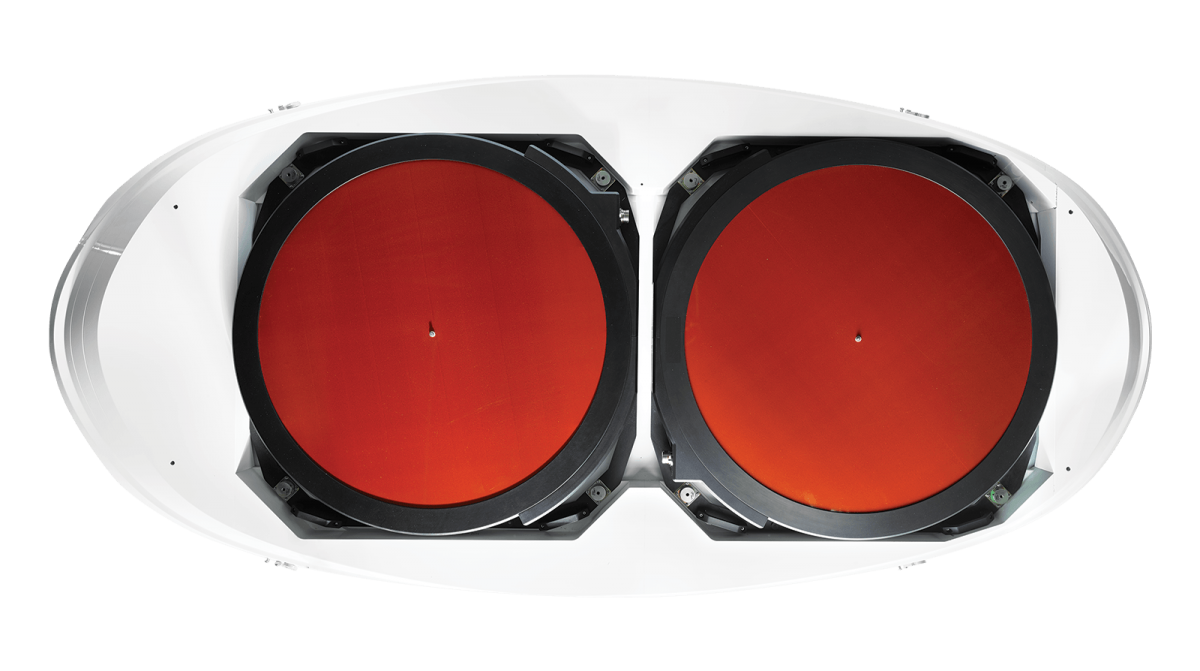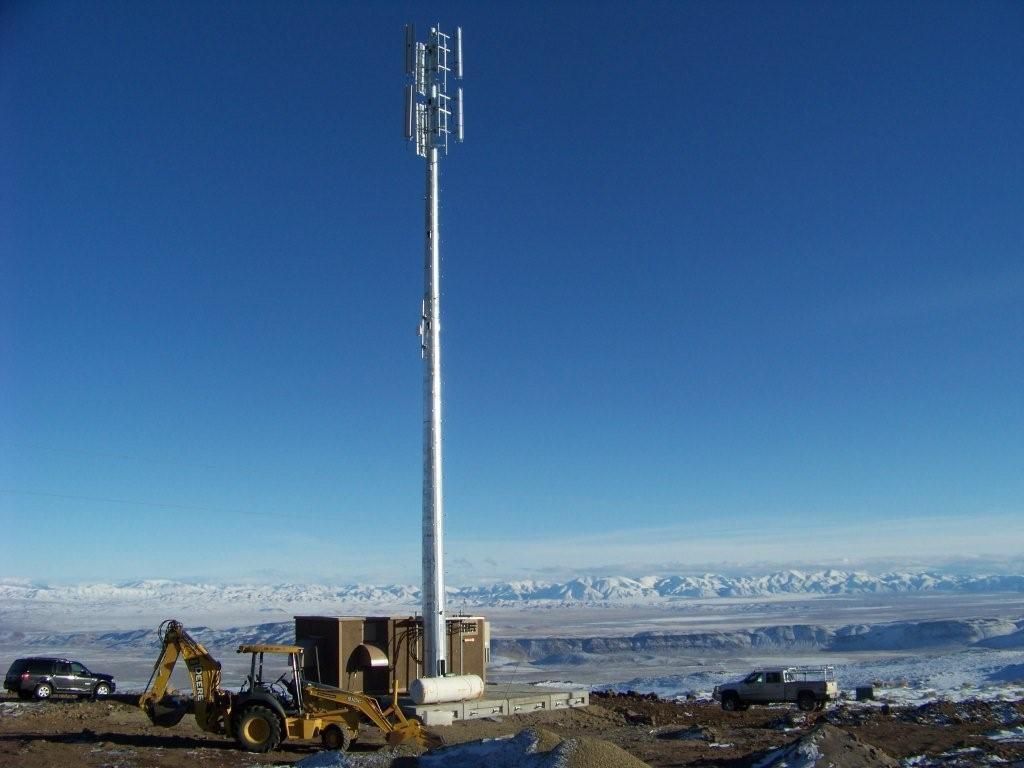Inflight connectivity provider Gogo has furloughed more than half of its workforce. The announcement made last week, comes as the industry sags under the weight of the most significant downturn in aviation history.
Want to stay up to date with inflight connectivity news? Sign up for our monthly IFC newsletter.
Gogo's workforce slashed by 60%
In an announcement on its website, Gogo revealed that more than 600 employees would be furloughed as the company struggles to maintain liquidity in the current aviation crisis. Effective May 4th, the move will see the workforce reduced by around 60%. It comes alongside other cost-cutting measures being implemented to mitigate the impact of COVID-19.
Oakleigh Thorne, president and CEO of Gogo, commented on the news, saying,
"The health and safety of our employees and customers is our first and most important priority, but the long-term health of our business is also a critical focus area ... we believe we are implementing the appropriate measures to accomplish that goal."
Gogo says that the furlough duration will depend on the workload in individual departments, but that the 600 affected employees will be spread across all three of Gogo's business segments.
Alongside the furloughs, Gogo is implementing salary reductions for many of its top-level employees. For the CEO, it's a 30% pay cut, whereas the executive leadership team is facing salary reductions of 20%. The company says salary cuts will 'feather down' from there, suggesting some wage decreases could be borne by lower-level workers too.
The impact of COVID-19 on suppliers
While much of the impact of the coronavirus crisis has focused on airlines, manufacturers, and to some extent airports, the ripples of disruption will cause problems much deeper into the industry. According to Gogo, 60% of its revenue comes from its commercial aviation arm, which is facing a drop in passenger traffic of some 95%. Gogo says that this translates to a projected 60 – 70% reduction in sales for April.
The rest of the company's income is from business aviation. Although bizav hasn't been hit to the same extent as commercial flights, there has been a sharp decrease in activity. Gogo says there has been a spike in business aviation customers requesting one-month suspensions for their Gogo subscriptions.
Want to stay up to date with inflight connectivity news? Sign up for our monthly IFC newsletter.
As well as looking to cut its workforce, Gogo has applied for funding from the CARES Act too. The company has requested an $81m grant and a loan of $150m from the government. It says if it is granted this funding, it would revise the personnel reduction in line with the conditions of that fund. Gogo says it will also explore,
"…renegotiating terms with suppliers, delaying aircraft equipment installations, deferring purchases of capital equipment, reducing marketing and travel expenses and eliminating non-essential spend."
Gogo's struggles come just weeks after satellite firm OneWeb filed for bankruptcy protection, while others in the space such as Global Eagle are showing signs of financial stress.
5G still on the cards
Despite the current downturn and furloughs at Gogo, the firm is still planning for a launch of its 5G air-to-ground (ATG) network in 2021. The firm has been moving forward with its 5G in the sky plans for several years now, and says it is still on course for a 'go live' of next year.
The Gogo network is heavily reliant on ATG connectivity through a network of 250 towers. However, with the network increasingly running into capacity constraints and reliability issues, Gogo has been planning an upgrade to this part of its service. The 5G network will be grafted onto its existing towers and delivered through a 2.4Ghz spectrum using advanced beamforming and a unique modem developed by Gogo.
The company, which hasn't turned a profit since it went public in 2013, has said in the past that its 5G ATG evolution is crucial to its future success. It appears that, despite the current challenges facing Gogo and its workers, the company's sights are set firmly on the future.



